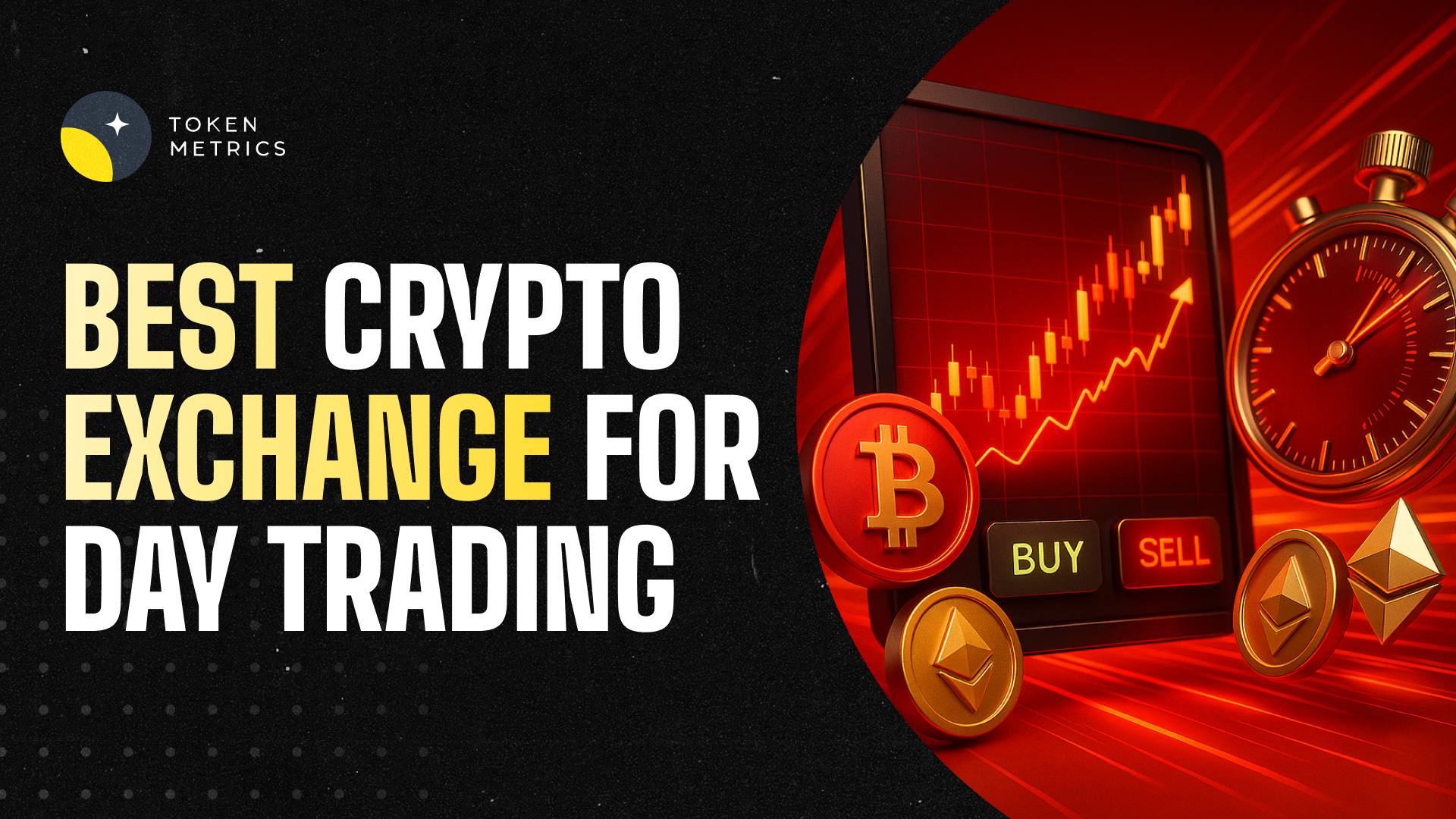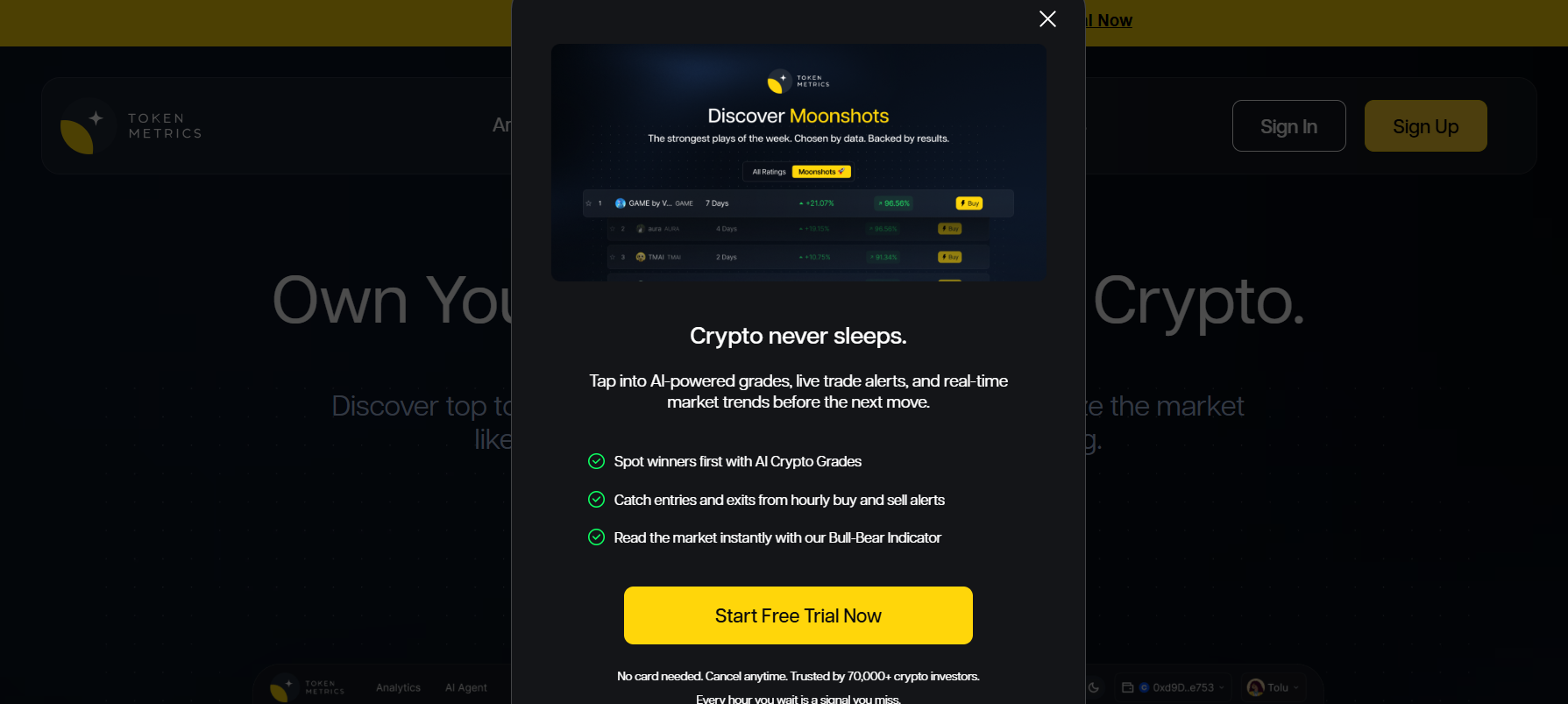
Best Risk Management Strategies for Crypto Investors

In the volatile world of cryptocurrency investing, it is crucial for investors to have a solid understanding of risk management strategies.
While many investors focus solely on potential returns, it is equally important to prioritize risk mitigation in order to achieve long-term success.
By implementing effective risk management strategies, investors can minimize losses and maximize their risk-adjusted returns over time.
What is Risk Management?
Risk management plays a critical role in making informed investment decisions. It involves assessing and mitigating potential risks associated with investing in crypto assets.
While it is impossible to eliminate all risks, a proactive approach to risk management can significantly reduce the impact of adverse events on your investment portfolio.
One of the key aspects of risk management is understanding that a negative return can have a more significant impact on long-term performance than an equivalent positive return.
For example, if you invest $100 and experience a 50% loss, your investment would be reduced to $50. To recoup the entire 50% loss, you would need a 100% gain. This highlights the importance of managing risk to protect your capital and enhance your overall returns.
Types of Risks in Crypto Investing
To effectively manage risk, it is essential to categorize them into different types. This helps investors better understand the nature of risks and develop appropriate strategies to mitigate them.
In the world of cryptocurrency investing, risks can be broadly classified into two categories:
Systemic Risk: These risks are inherent to the entire market and affect all assets within it. For example, regulatory changes or a major security breach can impact the entire crypto market, causing a decline in the value of all assets. It is crucial for investors to monitor and assess systemic risks to protect their investments.
Non-systemic Risk: These risks are specific to individual assets or projects within the crypto market. They do not have a widespread impact on the entire market.
Examples of non-systemic risks include the failure of a specific project or a security vulnerability in a particular cryptocurrency. Investors should evaluate and manage non-systemic risks on a case-by-case basis.
By categorizing risks into these buckets, investors can prioritize and address them effectively. This structured approach enables investors to make informed decisions and avoid common pitfalls impacting their investments.
Measuring Risk in Crypto Investing
Measuring and quantifying risk is a crucial step in risk management. By using statistical tools and metrics, investors can assess the relative risk of different assets or combinations of assets in their portfolio. Here are some popular ways to measure risk in the crypto market:
Standard Deviation: Standard deviation measures the historical volatility of an asset relative to its rate of return. It helps investors understand how much an asset's current return deviates from its expected regular returns. A higher standard deviation indicates higher volatility and, thus, higher risk.
Sharpe Ratio: The Sharpe Ratio measures the excess return of an asset compared to the risk-free rate of return, divided by the asset's standard deviation. This ratio allows investors to compare the risk-adjusted returns of different assets and evaluate their performance.
Beta Coefficient: The beta coefficient measures an asset's systemic risk relative to the broader market. An asset with a beta of more than 1.0 is considered more volatile and risky than the market as a whole. Conversely, an asset with a beta of less than 1.0 is considered less volatile.
R-Squared: R-squared is a statistical measure that indicates the percentage of an asset's price movement that movements in a benchmark index can explain. It helps investors understand whether market factors drive an asset's price movements or if they are idiosyncratic.
These metrics provide valuable insights into the risk profile of different assets and help investors make informed decisions.
However, it is important to note that risk measurement is not an exact science, and investors should consider multiple metrics and factors before making investment decisions.
Strategies to Mitigate Risk in Crypto Investing
Once risks are identified and measured, investors can implement various strategies to mitigate them effectively. Here are some key risk management strategies for crypto investors:
1. Diversification
Diversification is a fundamental risk management strategy that spreads investments across different assets, projects, or sectors. By diversifying their portfolio, investors can reduce their exposure to individual asset risks and potential losses. Investing in a mix of established cryptocurrencies, promising projects, and different sectors within the crypto market is advisable.
2. Non-correlated Assets
Investing in non-correlated assets is crucial for effective risk management. Non-correlated assets are those that do not move in the same direction or have a strong correlation.
For example, if the price of Bitcoin drops, it may not necessarily impact the price of other cryptocurrencies. By investing in non-correlated assets, investors can minimize the impact of adverse market movements on their portfolios.
3. Research and Due Diligence
Thorough research and due diligence are essential to identify potential risks associated with specific assets or projects. Investors should assess their investment projects' credibility, security, and long-term viability.
This includes analyzing the team behind the project, the technology, the market demand, and any regulatory or legal considerations.
4. Risk Assessment and Monitoring
Regularly assessing and monitoring risks is crucial for effective risk management. Investors should stay informed about market trends, regulatory changes, and any news that may impact their investments. By staying proactive and vigilant, investors can adjust their strategies and mitigate potential risks in a timely manner.
5. Risk Appetite and Position Sizing
Understanding and defining your risk appetite is essential for making informed investment decisions. Investors should assess their tolerance for risk and align their investment strategies accordingly.
Additionally, proper position sizing is crucial to manage risk effectively. Investors can minimize potential losses by allocating capital wisely and not overexposing themselves to a single asset or project.
6. Stop Loss Orders and Risk Limits
Implementing stop-loss orders and setting risk limits can help investors protect their investments. A stop-loss order automatically sells an asset if its price reaches a certain predetermined level, limiting potential losses. Setting risk limits ensures investors do not take excessive risks and stay within their predefined risk parameters.
If you are unsure about certain risks or need assistance with risk management strategies, it is advisable to seek professional advice. Consulting with financial advisors, risk management experts, or crypto specialists can provide valuable insights and guidance to manage risk effectively.
Conclusion
Risk management is a critical aspect of successful crypto investing. By implementing effective risk management strategies, investors can minimize potential losses and maximize their risk-adjusted returns.
Diversification, investing in non-correlated assets, conducting thorough research, monitoring risks, defining risk appetite, setting risk limits, and staying informed are key elements of a robust risk management framework.
As the crypto market continues to evolve, it is essential for investors to stay proactive, adapt their strategies, and continuously refine their risk management approach to navigate the dynamic landscape of cryptocurrency investing.
Disclaimer
The information provided on this website does not constitute investment advice, financial advice, trading advice, or any other advice, and you should not treat any of the website's content as such.
Token Metrics does not recommend buying, selling, or holding any cryptocurrency. Conduct your due diligence and consult your financial advisor before making investment decisions.

.svg)

Create Your Free Token Metrics Account

.png)




%201.svg)
%201.svg)


%201.svg)



















.svg)




.png)